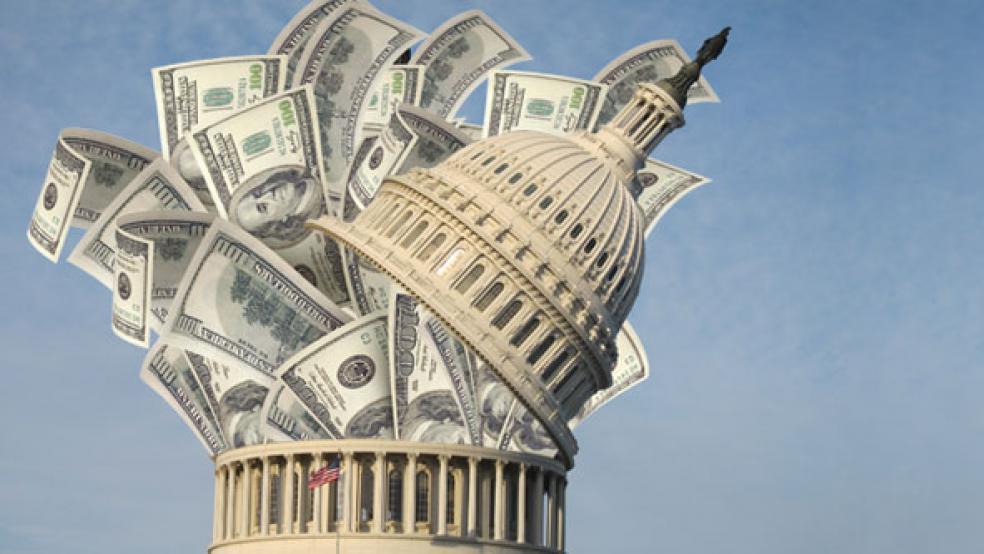The roughly $4 trillion spent in response to the coronavirus pandemic has become the costliest economic rescue effort in U.S. history, surpassing even the staggering cost of 18 years of war in Afghanistan. But according to an analysis in The Washington Post Monday, a substantial portion of the spending hasn’t gotten to the institutions and individuals that need it most, leaving millions of Americans exposed to an ongoing viral pandemic in an economy that is still struggling to get back on its feet.
Here’s how the approximately $4 trillion spent on the coronavirus bailout breaks down, according to the Post analysis, which is based on data from the Committee for a Responsible Federal Budget:
- $2.3 trillion for businesses, including $651 billion in tax breaks, $454 billion for the Federal Reserve for market stabilization and $670 billion for small business assistance.
- $884 billion for individuals, including $293 billion for stimulus checks and $286 billion in enhanced unemployment benefits.
- $634 billion to directly fight the pandemic, including money for testing and tracing.
- $253 billion for state governments and agencies, to help cover the cost of protective equipment and first responders, among other things.
Who gets help? One problem with the bailout is that a good portion of the funds have been used to support businesses that may not have needed much assistance, including companies that built up cash cushions even as they laid off workers. “The legislation bestowed billions in benefits on companies and wealthy individuals largely unscathed by the pandemic,” the Post said, “while at the same time allowing special aid for unemployed workers to expire over the summer and leaving some local public health efforts struggling for money to conduct testing and other prevention efforts.”
The wrong timeframe. Another major problem is that while lawmakers responded quickly in the early days of the pandemic, pumping hundreds of billions into the economy to keep businesses and individuals afloat, they failed to recognize that the coronavirus required a long-term response.
“Too many people were fighting the last war and not recognizing the new circumstances we were facing,” economist Paul Romer told the Post. “They missed this point: For any other recession, this may have been a very good response. But because of this virus, it was doomed to fail.”
The only way to end the recession, Romer and many other experts have said, is to get control of the virus. Failure to do so means the recession cannot end.
“This is why the stimulus money was a waste: It got people back out there, but it also increased the rate of spread of the virus,” Romer said. “It was really totally ineffective to stimulate the economy without implementing measures to restrain the spread of the virus.”




